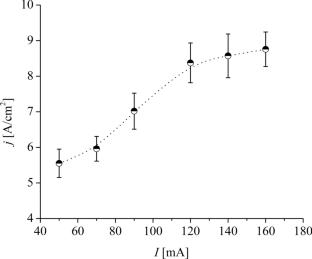Numerical Simulation of the Ionic Composition and Ionization Phenomena in the Positive Column of a Millisecond DC-Pulsed Glow-Type Discharge in Atmospheric Pressure Air with a Water-Cathode
Abstract
A numerical investigation of a glow-type discharge in humid air with a water-cathode is reported. A complete block of chemical reactions that self-consistently describes the ionic composition of the plasma is considered. A water molar fraction up to 20% is examined. The electric field strength, emission discharge radius, as well as the OH (A → X) band emission in the positive column was also measured for discharge currents up to 155 mA. The model shows a non-thermal plasma with lower gas temperatures (around 3500 K) than those typically obtained in similar discharges but operating with metal electrodes in dry air. The gas temperature is almost unaffected by the discharge current. The vibrational relaxation through N2–H2O collisions is the main gas heating mechanism. The thermal diffusion due to enhanced thermal conductivity by water vapor is the primary cooling mechanism. The electron temperature is around 1 eV to ensure that the electron losses (mainly by dissociative recombination of NO+) are compensated by ionization phenomena. The NO+ is the dominant ion, mainly formed by electron-impact ionization of NO molecules. An electron number density close to 1019 m−3 is obtained. For the upper water fraction, the electron-impact ionization of O2 molecules, followed by a quick conversion to NO+, also plays a role. The concentration of OH is ~ 1022 m−3. A comparison between the model results and the experimental data suggests that the molar fraction of water in the plasma is around 20% for the conditions considered.



 求助内容:
求助内容: 应助结果提醒方式:
应助结果提醒方式:


